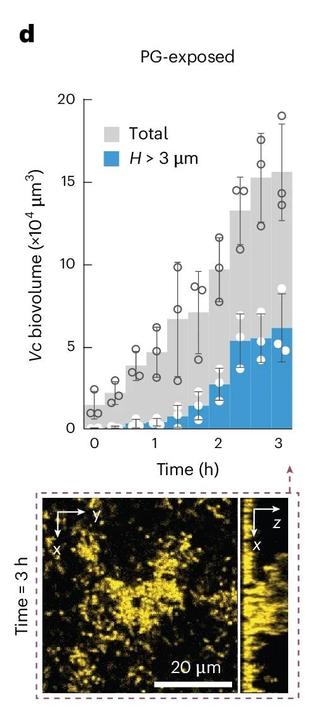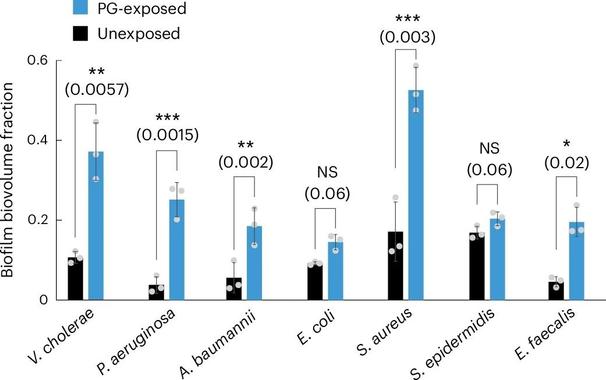Nice work by Sanika Vaidya (and collegues)
done during our PhDs together at @maxplanckgesellschaft and @unibasel
Peptidoglycan triggers #biofilm formation across bacterial species.
https://www.nature.com/articles/s41564-024-01886-5
#openaccess #mpg #mpitm #phage #V_cholerae #bacteria #nature #microbiology #science #research


